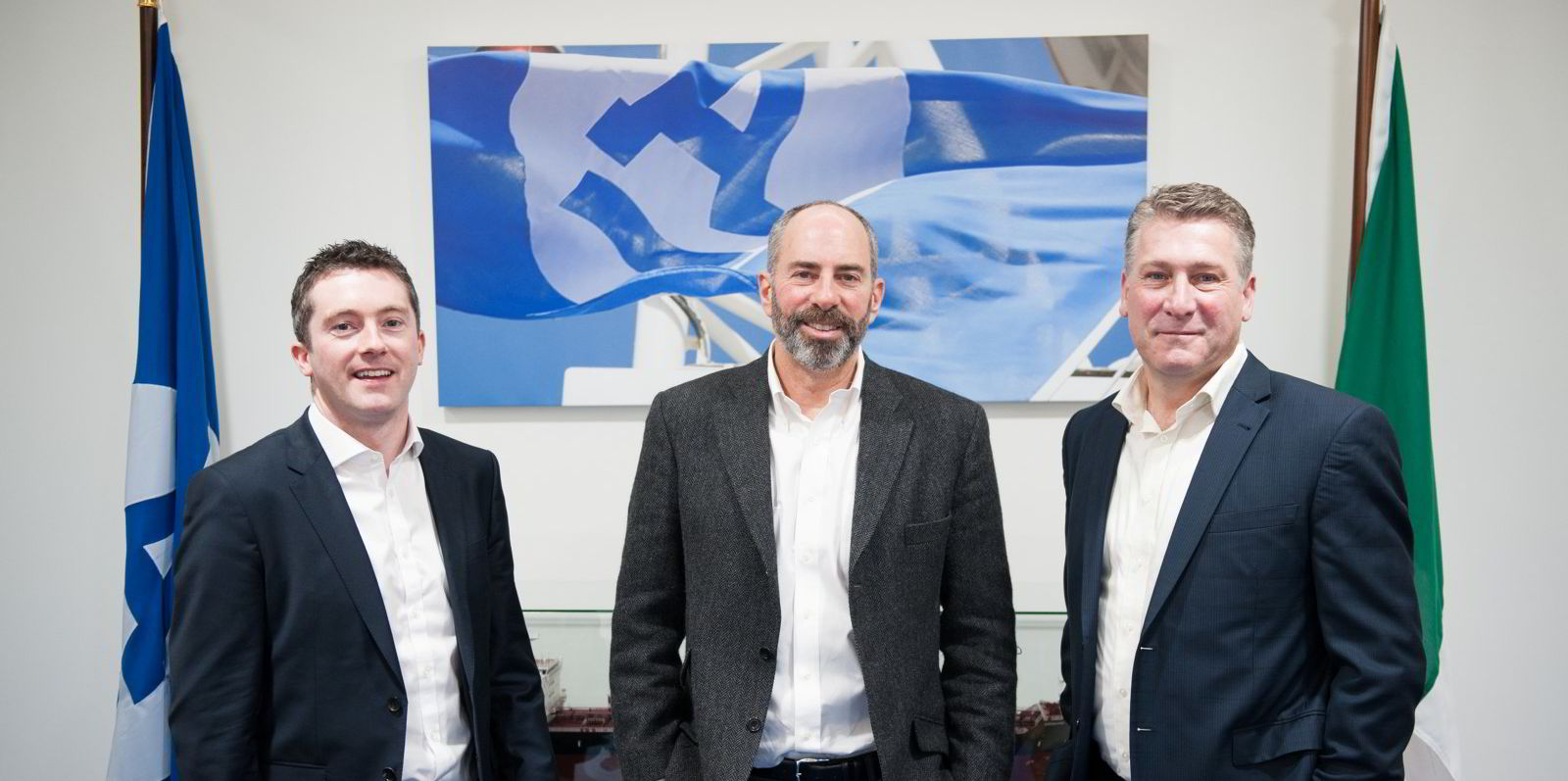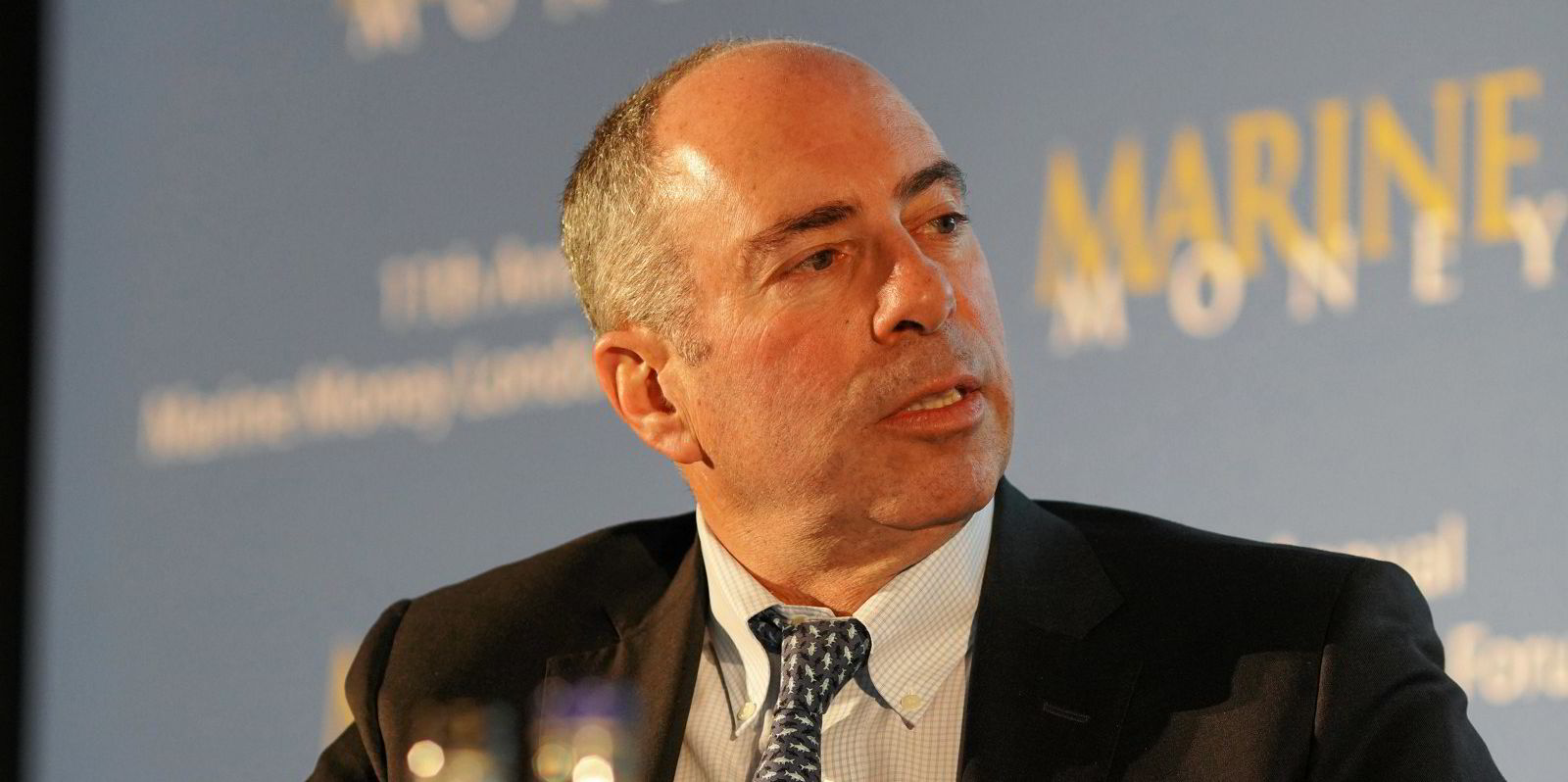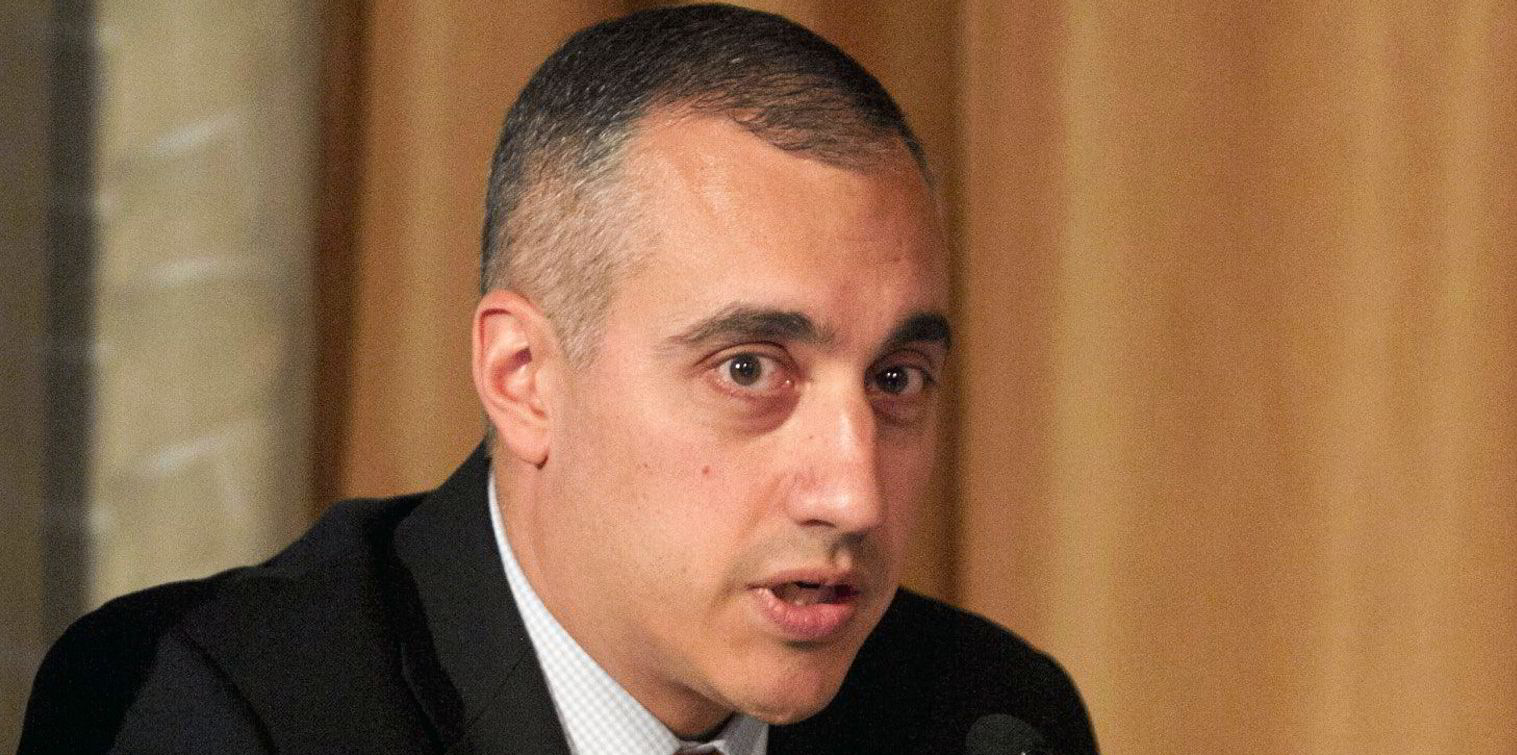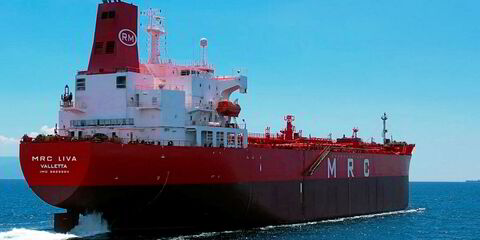Ardmore Shipping made a splash with its hydrogen joint venture, but chief executive Anthony Gurnee was quick to point out that it remains a relatively small part of the tanker owner's business.
Still, he said the new company — e1 Marine — could provide big returns down the line.
"The perception of e1 is quite large in the context of Ardmore. In reality, we're investing $6m in cash," Gurnee said on Ardmore's first-quarter earnings call on Wednesday.
"We think there's potential for extremely outsized returns there."
Ardmore announced e1 in mid-March alongside Oregon-based clean energy firm Element 1 and lender Maritime Partners in an effort to develop methanol-to-hydrogen technology for the shipping industry.
Element 1, Maritime Partners and Ardmore each took a one-third stake in the new firm.
It will market and license technology developed by Element 1 and pitch it for marine uses. The system converts methanol to hydrogen, taking an easy-to-store, widely-shipped chemical and turns it into a fuel with higher energy density.
Gurnee said the foray into technology, which could help slash shipping emissions as the International Maritime Organization mandates cuts, did not mean Ardmore was anything other than a shipping company.
When asked by Evercore ISI analyst Jonathan Chappell if the company had to make a choice between its fleet and technology, Gurnee said "our thought process is largely around hard assets and building the core business".
"When opportunities arise that offer perhaps potentially very attractive returns in a less capital-intensive manner, obviously we're going to take those seriously," he said.
Gurnee also tempered expectations that the company would be an overnight hit, although he did say there are discussions going on with potential users.
He said a managing director and commercial director have been hired, and the joint venture deal should close in the coming weeks.
A clearer picture on e1's addressable market — initially pegged at 200,000 units, each producing 500 kW — should be ready towards the end of the year along with a demonstration unit.
"This is not going to take off like a bottle rocket, this is going to take time," Gurnee said.





